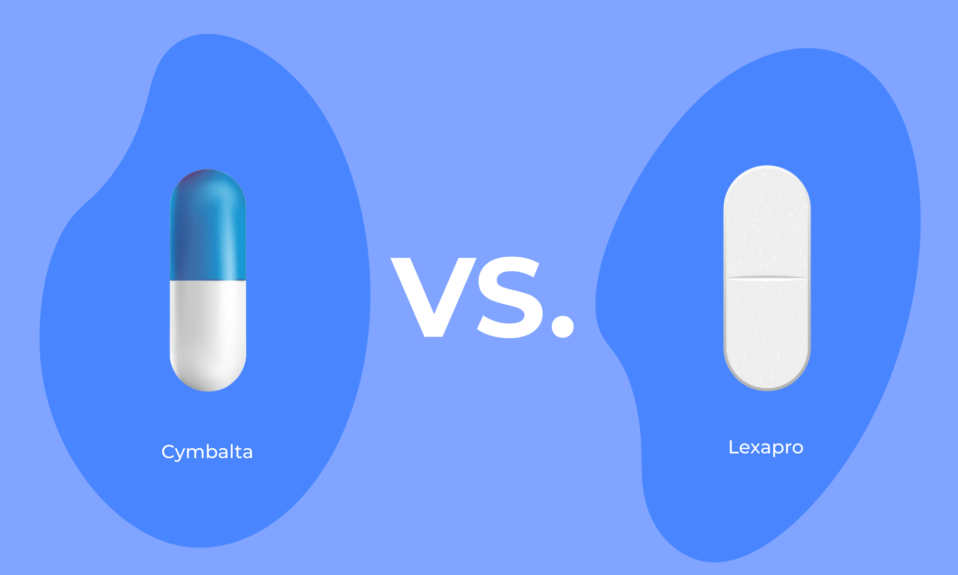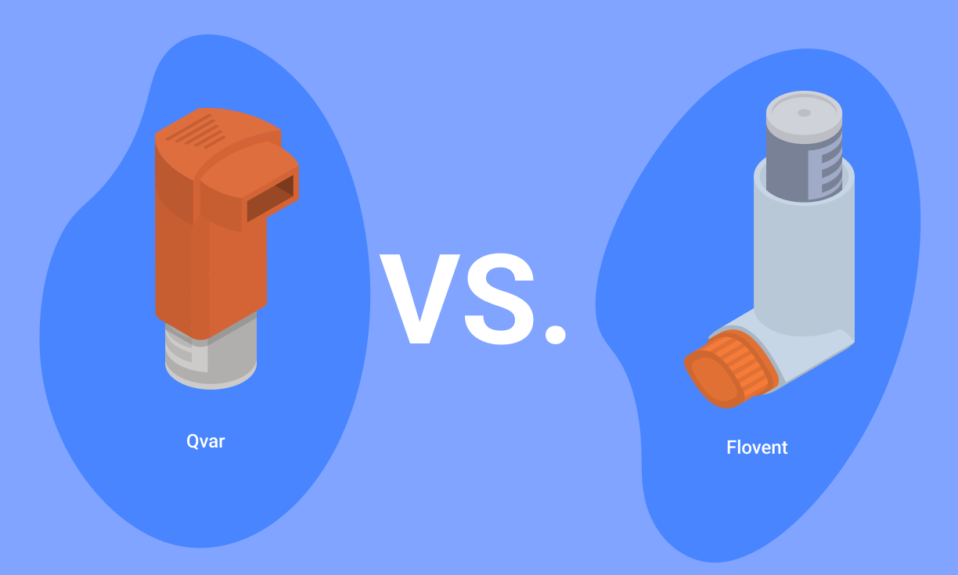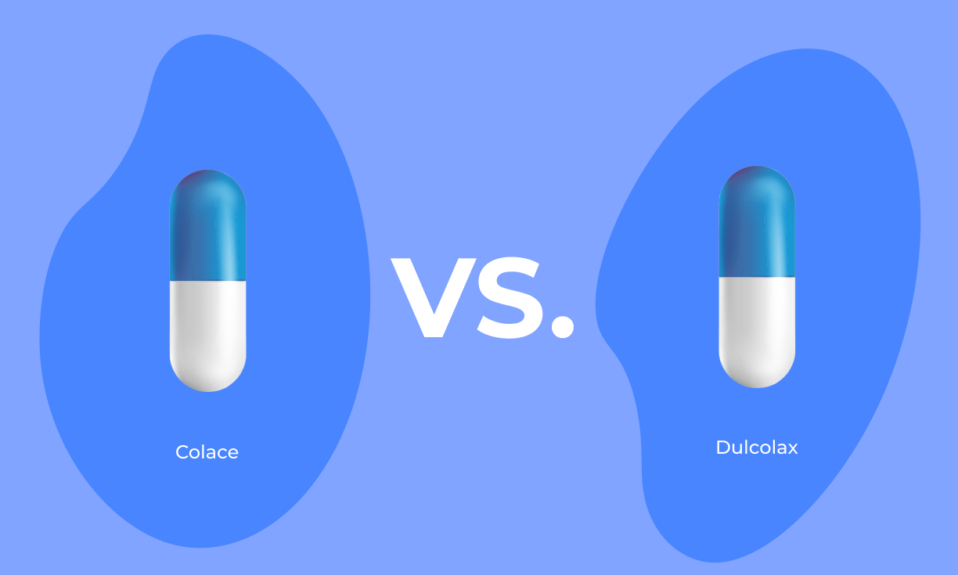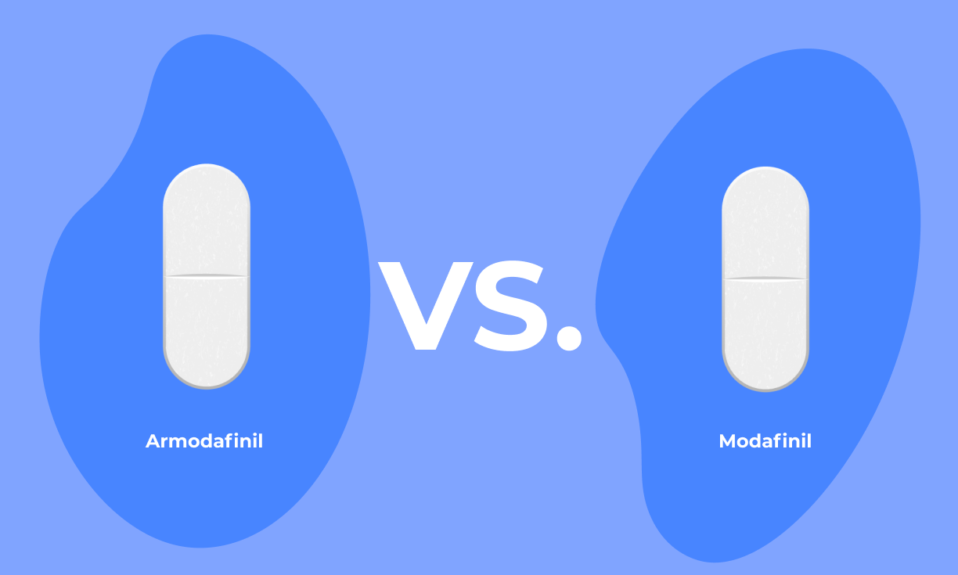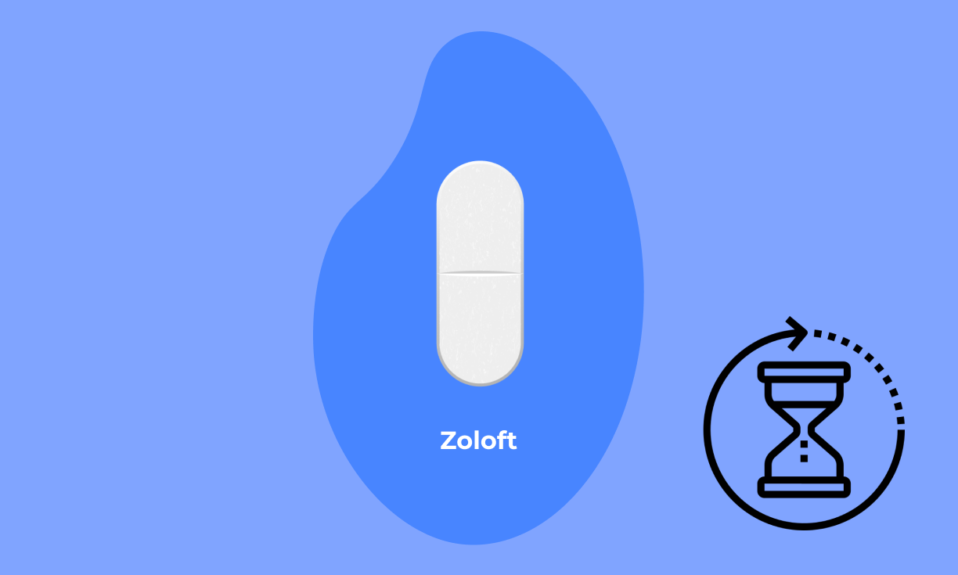Table of Contents Hide
- Differences
- Which One is Better?
- Interactions
- Side Effects
- Conclusion
- FAQs
- Is Tresiba the best long-acting insulin?
- Is Tresiba cheaper than Lantus?
- Is Tresiba a fast-acting insulin?
- How long does it take for Tresiba to lower blood sugar?
- Is it better to take long-acting insulin in the morning or at night?
- Can you take Tresiba and metformin together?
- What is the peak time for Lantus?
- Can you take short and long-acting insulin at the same time?
- References
Tresiba and Lantus are biosynthetic insulin prescribed to treat type I and type II Diabetes Mellitus. These medications work on a similar principle but may differ in administration and half-life.
Diabetes Mellitus is a prevalent disease that affects many people worldwide. According to the American Diabetes Association, about 10.5 percent of all Americans had diabetes as of 2018. The mechanism of the disease is based on either the body’s inability to produce an adequate amount of insulin or the inefficiency in using it to lower the body’s blood glucose levels. This results in high levels of glucose in the blood called hyperglycemia. Hyperglycemia manifests as increased urination, increased thirst, and palpitations.
The treatment for Diabetes Mellitus includes lifestyle changes, including diet and exercise, and medications that help lower glucose levels in the blood. Insulin injections are a common way to control Diabetes Mellitus in patients. The two main ways to take insulin are bolus and basal. Bolus insulin is the quick-acting delivery that you often take before mealtimes. Basal insulin is longer-acting and helps keep your glucose levels steady day and night. Basal insulin such as Tresiba and Lantus can be exceptionally helpful in maintaining consistent blood sugar levels throughout the day.
In this article, we will explore the differences, interactions, and side effects of Tresiba and Lantus.
Differences
While both of these drugs are prescription-only injectable insulin used in the treatment of both Type I and Type II Diabetes Mellitus, there are some differences between these drugs that set them apart from each other.
Name and Manufacturer
Tresiba is known as insulin degludec and is manufactured by Novo Nordisk, Inc. On the other hand, Lantus is known as insulin glargine and is manufactured by Sanofi.
Half-Life
Both Tresiba and Lantus act similarly to provide insulin to your body, but the half-life of both these drugs are different. Tresiba’s half-life is 25 hours and has no pronounced peak. The half-life of Lantus is less than half that of Tresiba, standing at 12 hours instead.
Form
Tresiba comes as a liquid solution in two forms:
- multidose vials for use with syringes
- single-use, prefilled injection pens, called FlexTouch pens
Lantus comes in one form as an injectable solution.
Strength
Tresiba multidose vials come in a 10-milliliter (mL) size in one strength: U-100 (100 units of insulin per mL of solution).
Tresiba FlexTouch pens come in a 3-mL size in two strengths: U-100 and U-200 (200 units of insulin per mL of solution).
Lantus injectible solution comes in two strengths: 100 units per mL in a 10-mL vial and 100 units per mL in a 3-mL prefilled pen
Dosage
Tresiba has a long duration of action which allows its dosage to be decreased to only once per day. It can provide almost consistent blood glucose levels throughout the day. Lantus has a short duration of action but is typically preferred to be administered once daily.
Administration
Tresiba does not have any available generic versions. It is used in a FlexPen delivery device.
Lantus can be delivered subcutaneously. It is available as an injectable solution in a 10 ml vial at a concentration of 100 units/ml. Lantus can also be used in a Lantus Solostar pen delivery device in the same concentration. While there is no generic version of Lantus available, biosimilar insulin is available for some cases. A form of Insulin glargine is known as Basaglar and is more affordable. Another form called Toujeo is more concentrated insulin at 300 units/ml. Toujeo is more useful in patients on higher doses to reduce the injection volume.
Check out other informative articles on Diabetes and related conditions.
| Differences between Tresiba and Lantus | ||
| Tresiba | Lantus | |
| Long-acting insulin | Drug Class | Long-acting insulin |
| Insulin degludec | Type | Insulin glargine |
| Diabetes mellitus Type 1 and Type 2 | Conditions Treated | Diabetes mellitus Type 1 and Type 2 |
| No | Comes in Generic form? | No. But a biosimilar called ‘Semglee’ is approved by FDA, which makes Semglee interchangeable with Lantus |
| Depends on age and other factors. Typically, for type 1 diabetes, one-third to one-half of the total amount of daily insulin requirement 10 units for Type 2 diabetes | Standard Dosage | Depends on age and other factors. Typically, for type 1 diabetes, the recommended initial dose is about one-third of total daily insulin requirement |
| Liquid solution in two forms: multidose vials for use with syringes, and single-use, prefilled injection pens, called FlexTouch pens | Different forms | Injectable solution in a vial or pen delivery device |
| Once per day, any time of day | Administration | Once per day, at the same time every day |
| As long as required, could be indefinite | How long is the typical treatment? | As long as required, could be indefinite |
| Children and adults | Who can use the medication? | Children 6 and older, adults |
Which One is Better?
These drugs are prescribed to people with type I or type II Diabetes Mellitus. Still, there is always some degree of therapeutic superiority of one drug over the other. According to the American Diabetes Association, both drugs are equally effective in controlling hyperglycemia. However, some studies suggest that Tresiba may be a little more effective in treating hypoglycemia at night-time than Lantus.
Other studies concluded that there is no visible difference in the effectiveness of these drugs in improving blood sugar levels in both children and adults with type I or type II Diabetes Mellitus.
Interactions
Some drugs can have a synergistic or opposite effect when administered with other medications. These drug-drug interactions are essential to know before prescribing medications. Some of these interactions of Tresiba and Lantus with other drugs are as follows:
- Antibiotics for bacterial infections such as ofloxacin, ciprofloxacin, enoxacin, norfloxacin
- Thiazolidinedione medications (TZDs)
- Other medications for DM such as metformin
- Angiotensin-Converting Enzyme (ACE) inhibitors
- Guanethidine and reserpine
- Diuretics
- Clonidine
- Corticosteroids
- Fenofibrate
- Angiotensin II Receptor Blockers (ARBs)
- Beta 2-stimulants
- Antidepressants
- Disopyramide
- Estrogen containing drugs such as SERM
Side Effects
All kinds of drugs have some risks associated with their use. Like any other drug, Tresiba and Lantus have some side effects that may appear after taking them. These include:
Common Side Effects
While these drugs are perfectly safe, they can cause minor side effects such as:
- Weight gain
- Hypoglycemia, i.e., low blood glucose levels
- Upper respiratory tract infections such as common cold
- Headache
- Reactions at the injection site
- Flu-like symptoms include fever, chills, vomiting, stomach cramps
- Swelling located in the feet, ankles, or legs
- Diarrhea
- Skin rash (this side effect is more familiar with the use of Lantus)
- Itchy skin (this side effect is more familiar with the help of Lantus)
- Lipodystrophy is a condition in which the skin changes thickness near the injection site.
Other Side Effects
Apart from the typical, mild side effects, some side effects can be more serious. While these reactions are rare, the patients should still be counseled regarding their possibility.
- Hypokalemia – this is a feared complication of taking these drugs. It refers to reduced potassium levels in the blood and can result in cardiac changes.
- Severe hypoglycemia – excessive reduction in blood glucose levels can result in hypoglycemic shock, which is a severe condition and needs emergency medical attention,
- Severe allergic reactions – every patient has a different response to medications. Some patients may be allergic to these drugs and present with allergic reactions like hives or anaphylactic shock, which refers to your immune system’s response to harmful irritants.
Conclusion
Tresiba and Lantus are both good medications to treat Diabetes Mellitus, and while they have an extensive number of similarities, you should take their differences into account before taking them. Keep an eye out for any drugs you take with them to avoid drug-drug interactions. Finally, go to the doctor if you experience any serious side effects or mild side effects for extended periods.
FAQs
Is Tresiba the best long-acting insulin?
Yes, Tresiba is the longest-acting insulin available right now. Tresiba is an ultra long-acting insulin that lasts for up to 40 hours. Lantus is a long-acting insulin that lasts 24 to 36 hours depending on its concentration.
Is Tresiba cheaper than Lantus?
Tresiba is more expensive than Lantus. The price depends on insurance coverage. The cash price for Tresiba can be 4-5X the cash price for Lantus.
Is Tresiba a fast-acting insulin?
No, Tresiba is not considered rapid-acting or short-acting. It is a long-acting insulin that starts to work in about 1.5 hours after administration but the effects last up to 42 hours. Fast-acting insulins include Fiasp, Humalog, NovoRapid.
How long does it take for Tresiba to lower blood sugar?
Tresiba (insulin degludec) is a long-acting insulin that starts to work several hours after injection and keeps working evenly for up to 42 hours.
Is it better to take long-acting insulin in the morning or at night?
When taken once daily, it is usually best to take the injection in the morning on a consistent 24-hour cycle. Research has shown that the morning injection has the least potential to cause an undesired blood sugar rise when the insulin is tapering off at around 20-24 hours.
Can you take Tresiba and metformin together?
Tresiba (insulin degludec) can be taken with other oral diabetes medications, like metformin, if your blood sugar level needs better control. However, using metformin together with insulin can increase the risk of hypoglycemia, or low blood sugar. Talk to your doctor about the best diabetes treatment plan.
What is the peak time for Lantus?
This insulin group has an onset of action between 1-2 hours and lasts up to 24 hours. Note that Lantus does not peak, but provides a steady level of insulin throughout the duration time.
Can you take short and long-acting insulin at the same time?
Yes. Using two types of insulin can help you keep your blood sugar levels in your target range between meals and at night, as well as blood sugar “spikes” that happen when you eat. However, not all types of insulin can be mixed together. Talk to your doctor about the best approach to mix short-acting and long-acting insulin.
References
https://www.hindawi.com/journals/ije/2018/8726046/
https://link.springer.com/article/10.1007/s40265-013-0051-1
https://europepmc.org/article/med/23807942
https://wchh.onlinelibrary.wiley.com/doi/abs/10.1002/psb.1092
https://dom-pubs.onlinelibrary.wiley.com/doi/full/10.1111/dom.12759
https://link.springer.com/article/10.1007/s40259-018-0259-4
https://www.rxlist.com/tresiba_vs_lantus/drugs-condition.htm



